2014 Camaro V8 0 60
The 2014 Chevrolet Camaro 2SS is a Rear-wheel drive Coupe. It can accommodate up to 4 passengers. It has 2 Doors and is powered by a 6.2L V8 OHV 32-valve (400 HP @ 5900 RPM) (410 torque @ 4300 RPM) engine which outputs 400 hp @ 5900 rpm and is paired with 6-speed automatic transmission with Tapshift manual steering wheel shift control gearbox. The 2014 Chevrolet Camaro 2SS has cargo capacity of 320 Liters and the vehicle weighs 1755 kg. In terms of ride assists, the 2014 Chevrolet Camaro 2SS has stability control and traction control in addition to anti-lock brake system (ABS). The vehicle has an optional 6.2L V8 OHV 32-valve (400 HP @ 5900 RPM) (410 torque @ 4300 RPM) engine as well It offers Rear parking assist and. Safety features also include Driver-side front airbag and Passenger-side front airbag. The front suspension is Independent front suspension while the rear suspension is Independent rear suspension. The car also features a Yes It has 20'' alloy wheels as standard. Electronic features include Cruise Control. For convenience, the car has Power windows and Power door locks. There is also a remote keyless entry feature. Moreover, the car has. The steering wheel has audio control buttons. In terms of performance, the car has 437 N.m of torque and a top speed of 271 km/h. The 2014 Chevrolet Camaro 2SS accelerates from zero to 60 mph in 5.3 seconds and hits quarter mile at 13.3 seconds. Fuel consumption is 13.4 L/100km in the city and 8.3 L/100km in the highway. The car price starts at $ 44,055
2014 Chevrolet Camaro RS GoPro Footage 0-60 mph & 0-100 mph
2014 Chevrolet Camaro RS GoPro Footage 0-60 mph & 0-100 mph
2014 Chevrolet Camaro SS - Acceleration, Driving and Tour
2017 Chevrolet Camaro 2SS 6.2 vs 2014 Nissan GT-R R35 1/4 mile drag race
Supercharged 2014 Chevrolet Camaro Top Speed in 1-Mile at The Texas Mile
Supercharged 2014 Chevrolet Camaro Top Speed in 1-Mile at The Texas Mile
2014 Chevrolet Camaro Used Price Estimates
Estimates based on a driving average of 12,000 miles per year
| Used Condition | Trade In Price | Private Party Price | Dealer Retail Price |
|---|---|---|---|
| Outstanding | $ 11,588 | $ 13,808 | $ 15,852 |
| Clean | $ 11,112 | $ 13,228 | $ 15,155 |
| Average | $ 10,161 | $ 12,068 | $ 13,760 |
| Rough | $ 9,210 | $ 10,908 | $ 12,365 |
Alas, there are some downsides endemic to the Camaro. Seeing out of the thing, for instance, is one of the car's more distracting elements. The tiny windows look great from the outside, but they result in poor outward visibility. And if you're planning on taking friends anywhere, you'd better hope those friends are very small children, as the backseat is a real squeeze for adults.
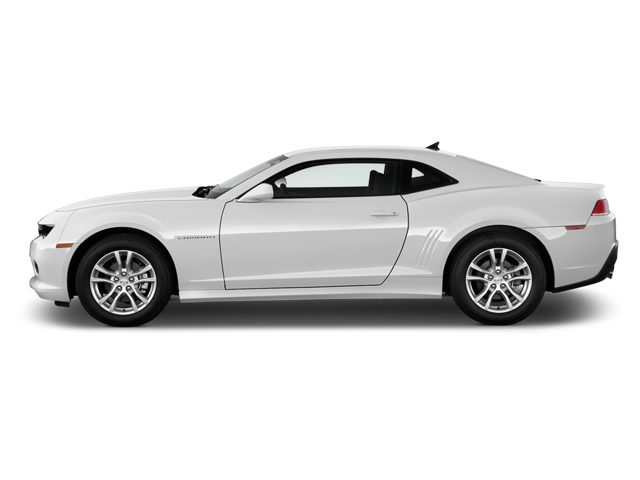
Then again, limited practicality is pretty much a given with a muscle car. The Dodge Challenger and the Ford Mustang are two names that have gone head-to-head with the Camaro for years and they both offer different strengths. The Mustang provides similar performance for less money and is still our favorite pick for base V6 and V8 models, but the ZL1 is better than the GT500, and there's no Mustang equivalent to the new Z/28 this year. The Challenger, meanwhile, is the roomiest and most comfortable in this group, but it does feel significantly larger and less nimble to drive. As an alternative to all of the above, Hyundai's Genesis Coupe might be worth a look.
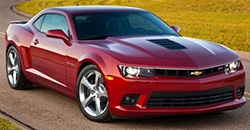
Whichever performance car you settle on, know that the Camaro will turn heads on a regular basis and will seldom fail to put a smile on your face.
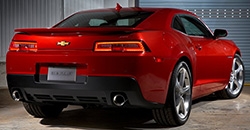
The 2014 Chevy Camaro is available in both four-seat coupe and convertible body styles. There are eight trim levels, including the V6-powered 1LS/2LS and 1LT/2LT, the V8-powered 1SS/2SS and high-performance ZL1. Topping out the range is the ultra-performance Z/28. The 1LS/2LS and Z/28 models are available only as a hardtop coupe, while all other Camaro models are available as a coupe or convertible.
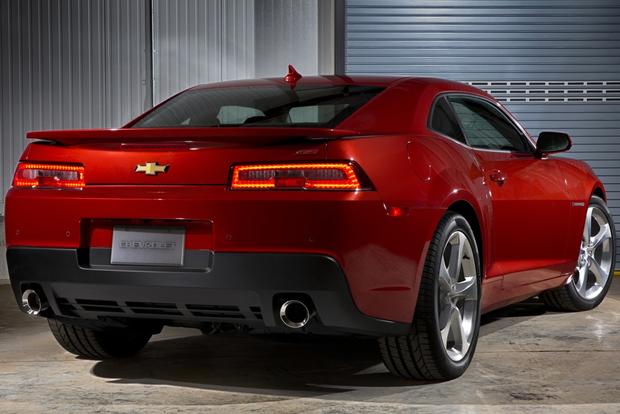
Standard equipment on the entry-level 1LS includes 18-inch alloy wheels, automatic headlights, keyless entry, air-conditioning, manually adjustable front seats with power recline, cruise control, a manual tilt-and-telescoping steering wheel, Bluetooth phone connectivity, OnStar and a six-speaker sound system with a CD player, auxiliary audio input jack and satellite radio. The 2LS adds an automatic transmission.
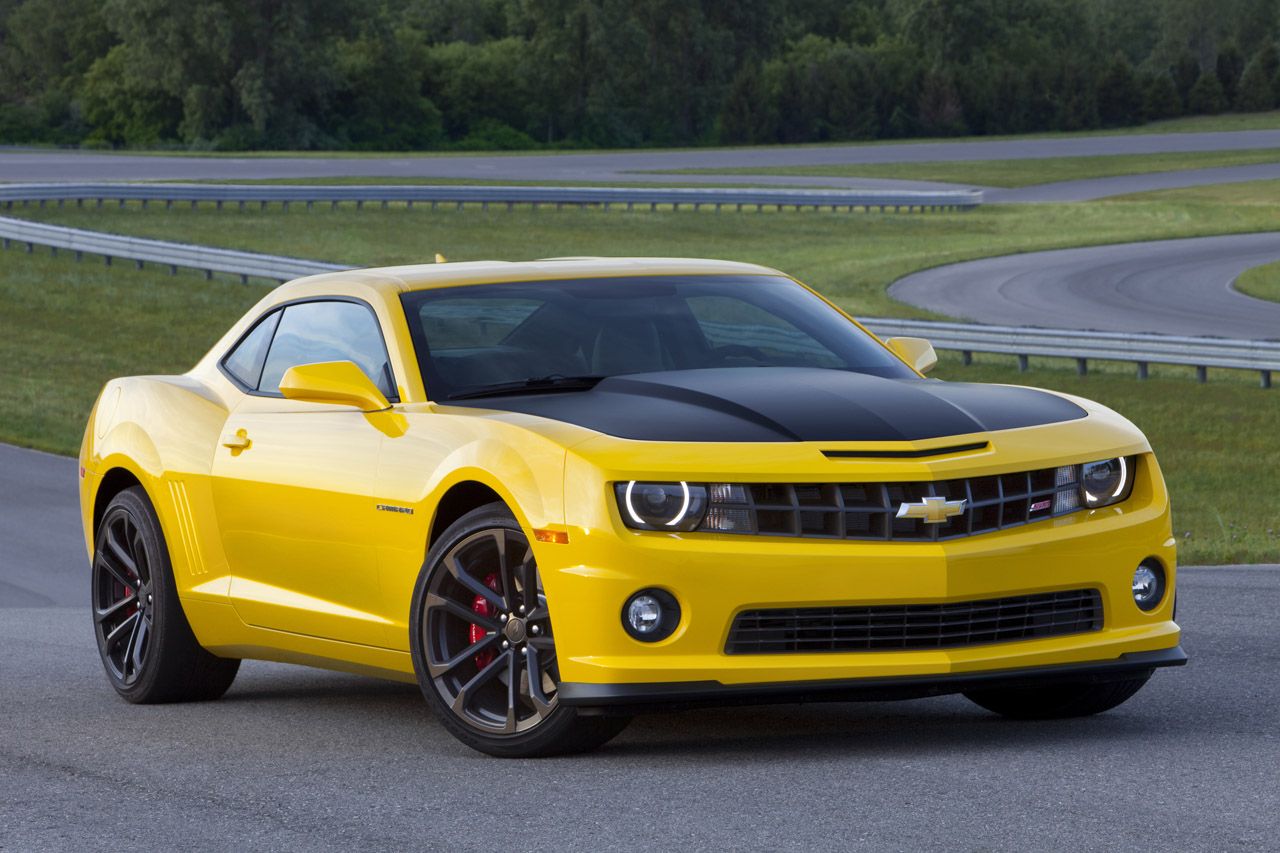
The 1LT tacks on foglights, remote start (automatic transmission models only), eight-way power front seats, a 7-inch touchscreen with smartphone app integration (Chevy's "MyLink") and Bluetooth audio connectivity. In addition to a power-operated soft top, all 1LT convertible versions also come standard with rear parking sensors and a rearview camera.
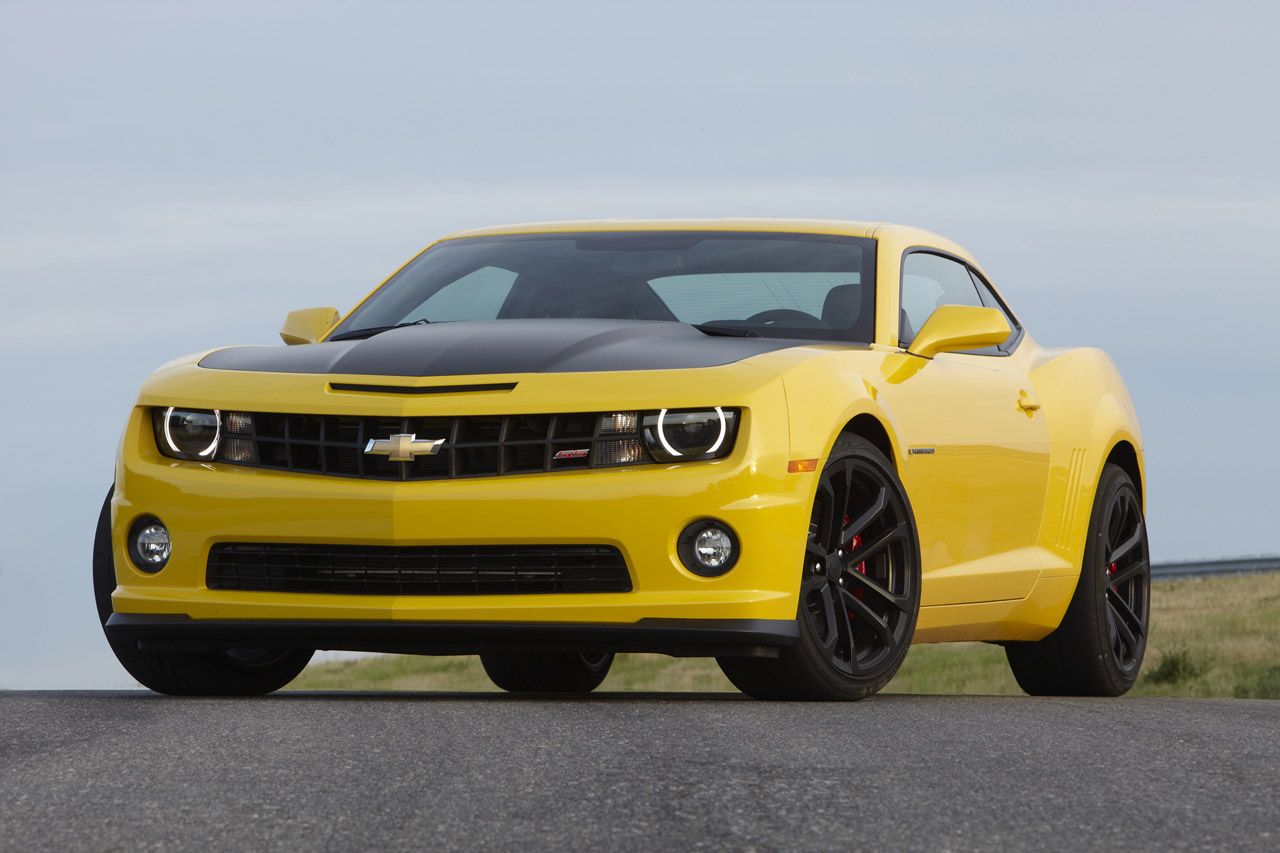
The 2LT includes these items plus 19-inch alloy wheels, heated mirrors, auto-dimming rearview and driver's outside mirrors, extra gauges, a head-up display, rear parking sensors and a rearview camera, leather upholstery, heated front seats and a nine-speaker Boston Acoustics audio system. Most equipment on the 2LT is optional on the 1LT, so the main distinction between these two trims is leather upholstery, which is not available on the 1LT.
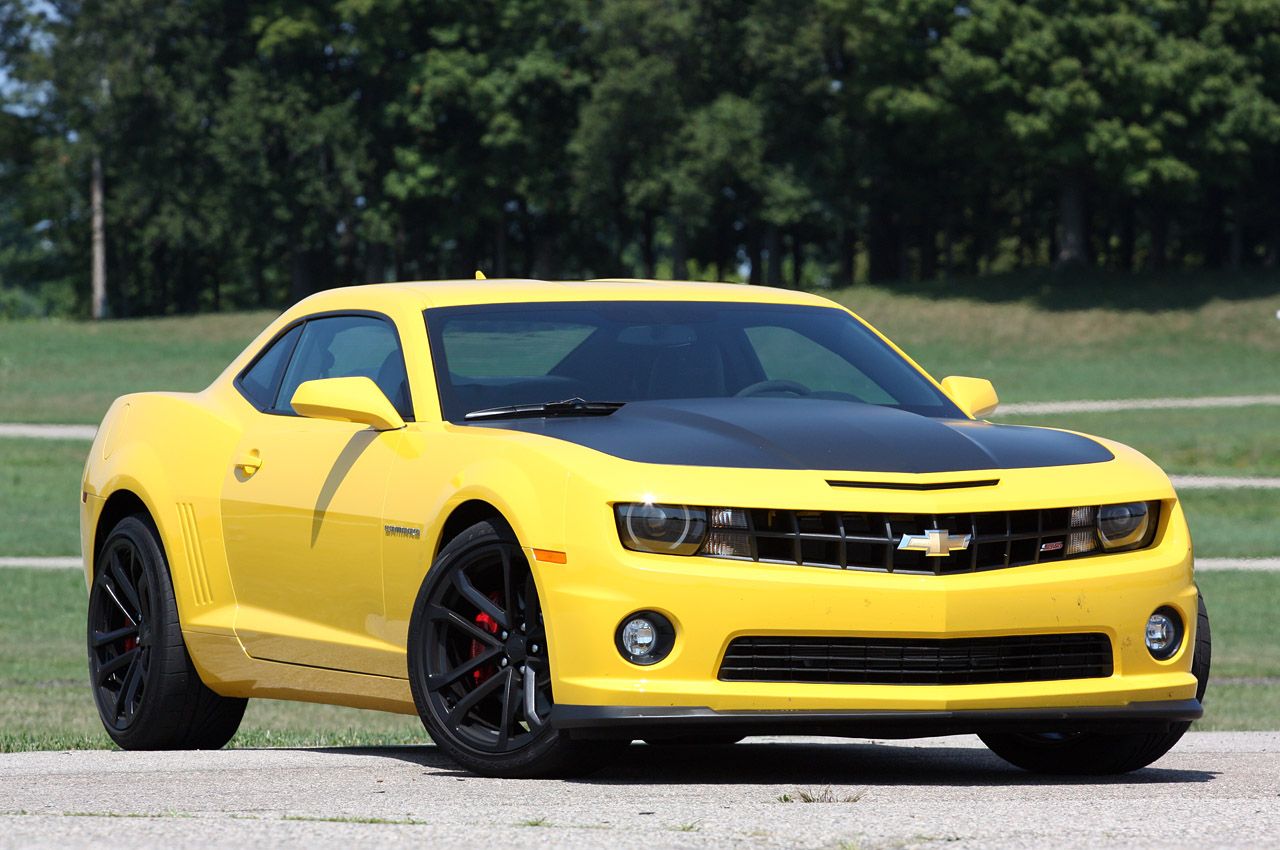
The 1SS is equipped similarly to the 1LT but adds a V8 engine, a limited-slip differential, 20-inch alloy wheels, a sport-tuned suspension and a leather-wrapped steering wheel. The 2SS essentially combines the 1SS model's performance bits with the 2LT's convenience and luxury features. The 1LE Performance package available only on manual transmission-equipped SS models includes racetrack-inspired hardware upgrades including unique gearing, suspension tuning and tires.
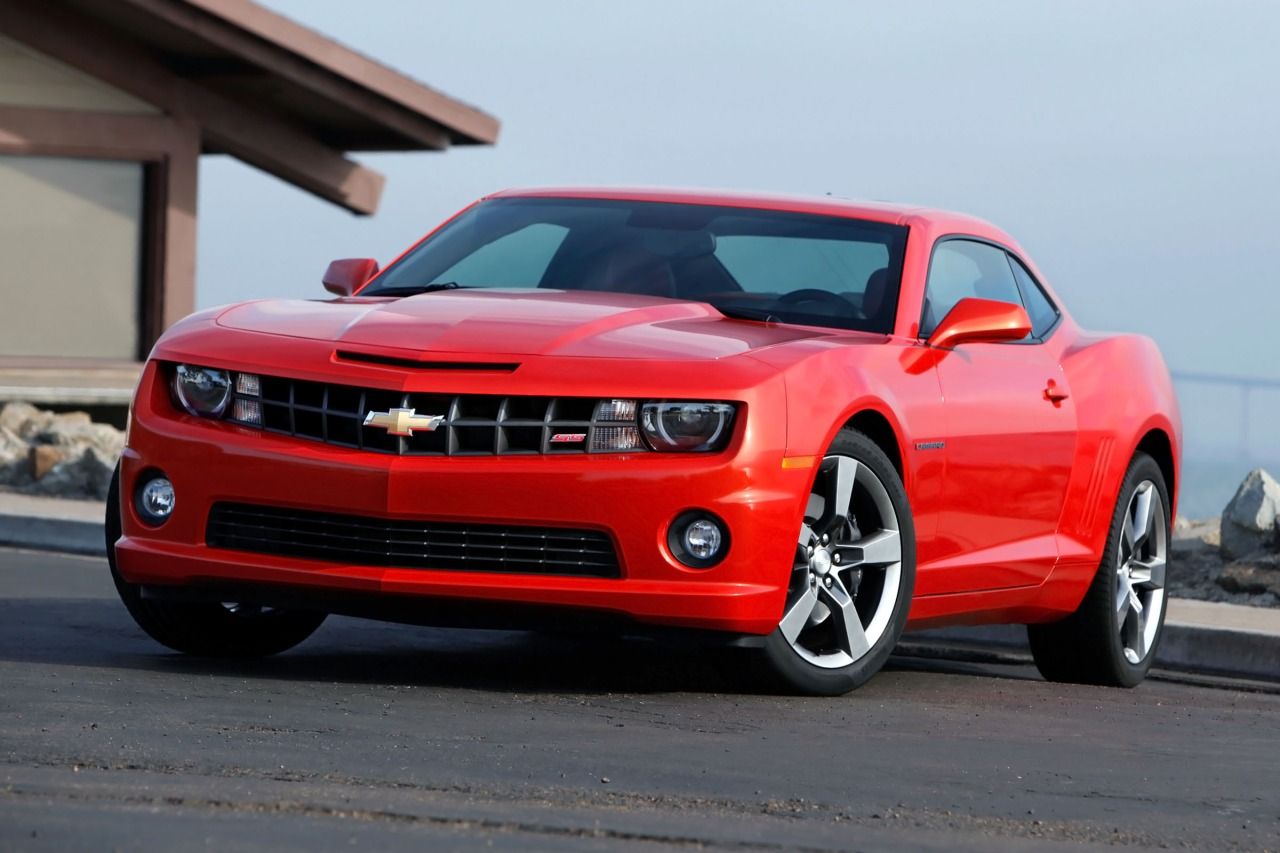
The ZL1 is equipped similarly to the 2SS but adds several performance upgrades in the form of a supercharged V8, Brembo brakes, adaptive magnetic suspension dampers, unique 20-inch wheels with performance summer tires and retuned power steering. Exterior styling features include a functional carbon-fiber air extractor for the hood as well as a unique rear spoiler and unique front and rear fascias. Inside the cabin you'll find simulated suede upholstery and a smaller, flat-bottomed steering wheel.
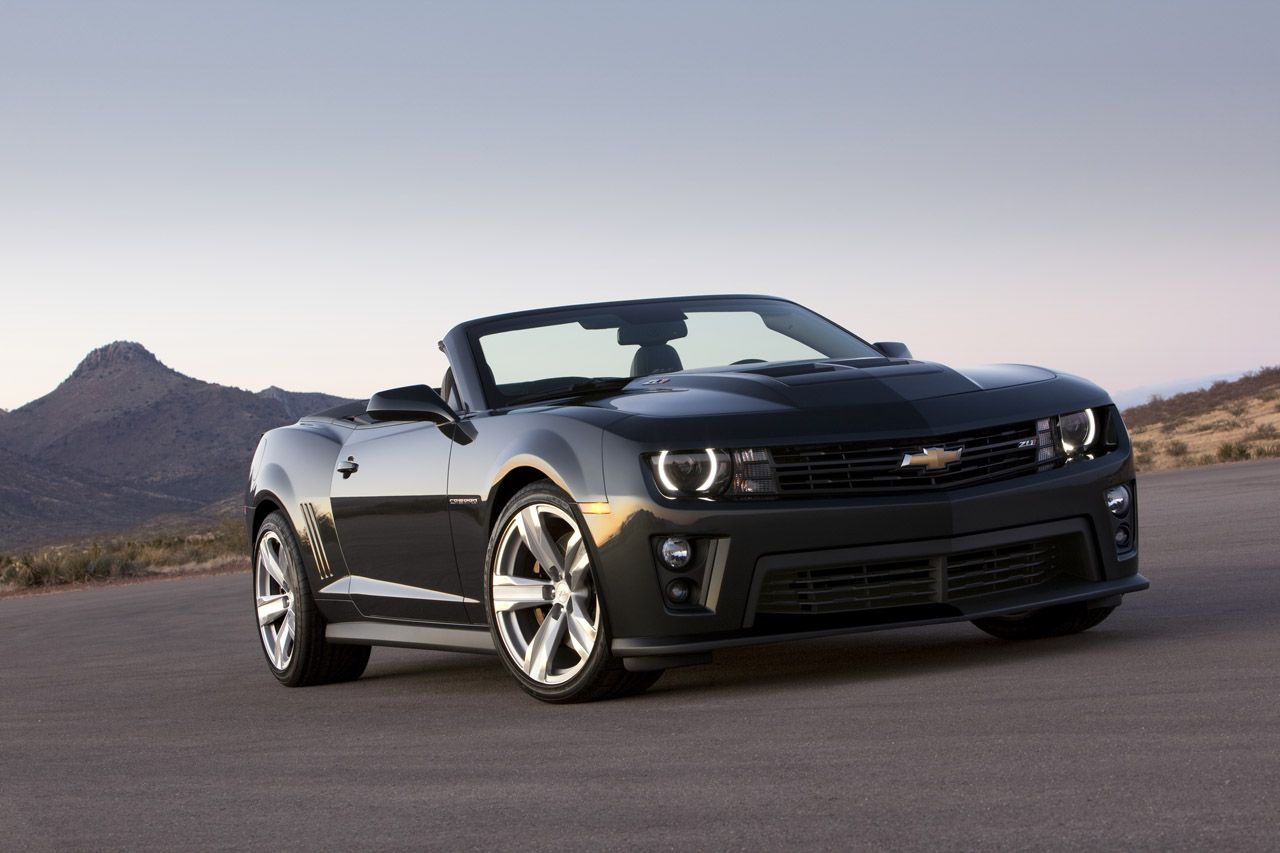
The RS package (available on all trims but the 1LS/2LS and ZL1) adds 20-inch wheels, a rear spoiler and xenon headlights. A sunroof is optional on all coupe models except the LS, while a variety of exterior stripes and trim detailing are available across the board. Recaro sport seats are available on SS and ZL1 coupe models.

A stripped-out, ultra-high-performance version of the Camaro, the new Z/28 weighs a claimed 300 pounds fewer than the ZL1 thanks to a variety of weight-saving measures, including reduced sound-deadening material and the deletion of the air-conditioning system (don't worry, you can get it back as an option). The Z/28 Camaro comes with a larger, more powerful V8 engine, special lightweight 19-inch wheels, a special race-oriented suspension, performance tires and carbon-ceramic brakes. The 2014 Chevy Camaro Z/28 is only offered with a six-speed manual transmission. Xenon headlights and foglights are not available and the car's minimalist stereo has only one speaker.

The 2014 Chevrolet Camaro LS and LT are powered by a 3.6-liter V6 that produces 323 hp and 278 pound-feet of torque. A six-speed manual transmission is standard and a six-speed automatic is optional. EPA-estimated fuel economy is 20 mpg combined (17 mpg city/28 mpg highway) with the manual transmission. The automatic transmission equipped on the 1LS, 1LT and 2LT returns an EPA-estimated 22 mpg combined (19 mpg city/30 mpg highway), while the automatic transmission on the 2LS has a longer final-drive ratio and gets 21 mpg combined (18 mpg city/27 mpg highway).
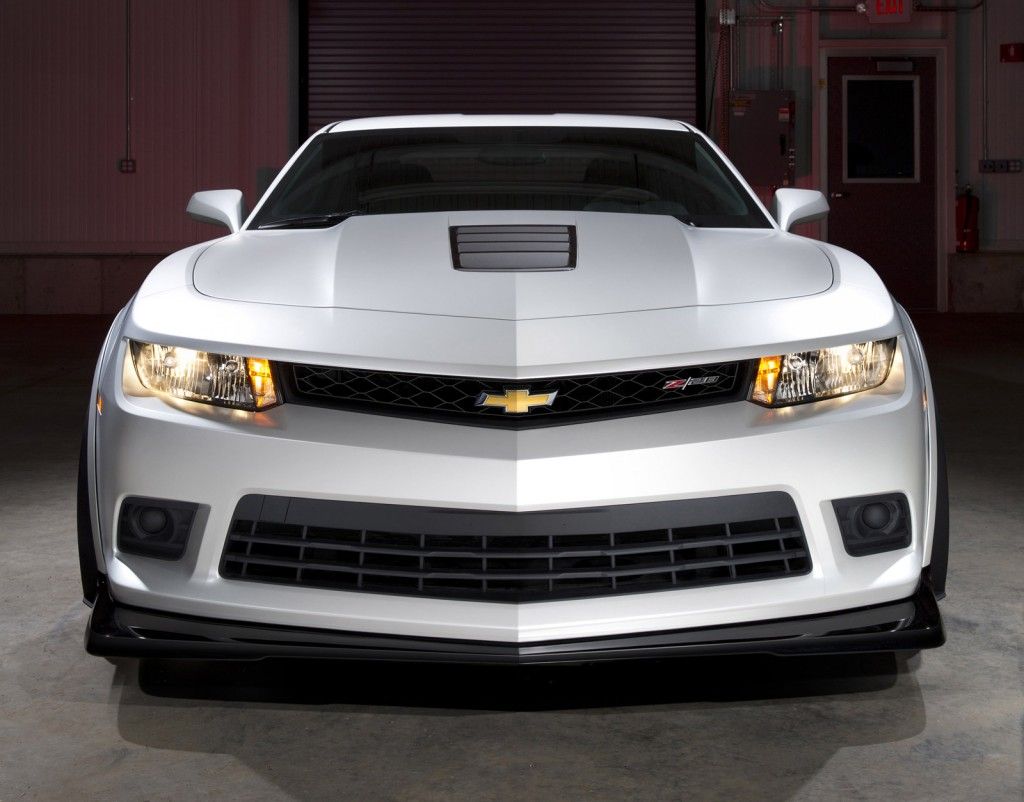
The Camaro SS has a 6.2-liter V8 that produces 426 hp and 420 lb-ft of torque with the standard six-speed manual and 400 hp and 410 lb-ft with the six-speed automatic. With the manual, the SS hits 60 mph in 4.8 seconds; EPA-estimated fuel economy is 19 mpg combined (16 mpg city/24 mpg highway). The automatic is only slightly less fuel-efficient at 18 mpg combined (15 mpg city/24 mpg highway).
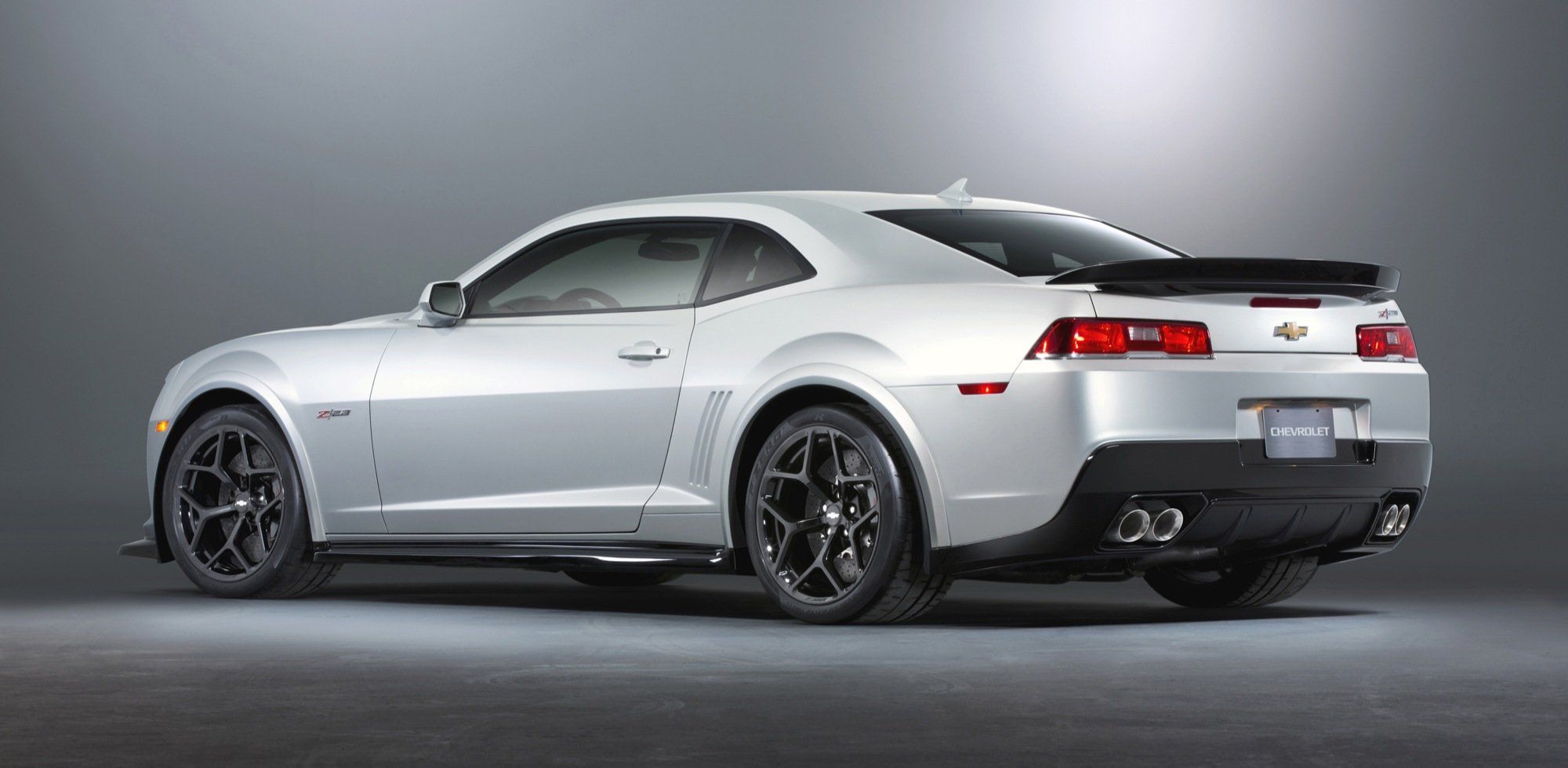
The Camaro ZL1 boasts a supercharged 6.2-liter V8 with 580 hp and 556 lb-ft of torque. A six-speed manual transmission is standard, with a six-speed automatic optional. In track testing, the ZL1 accelerated from zero to 60 mph in a very quick 4.4 seconds. Fuel mileage estimates are 16 mpg combined (14 mpg city/19 mpg highway) with the manual transmission and 14 mpg combined (12 mpg city/18 mpg highway) with the automatic.
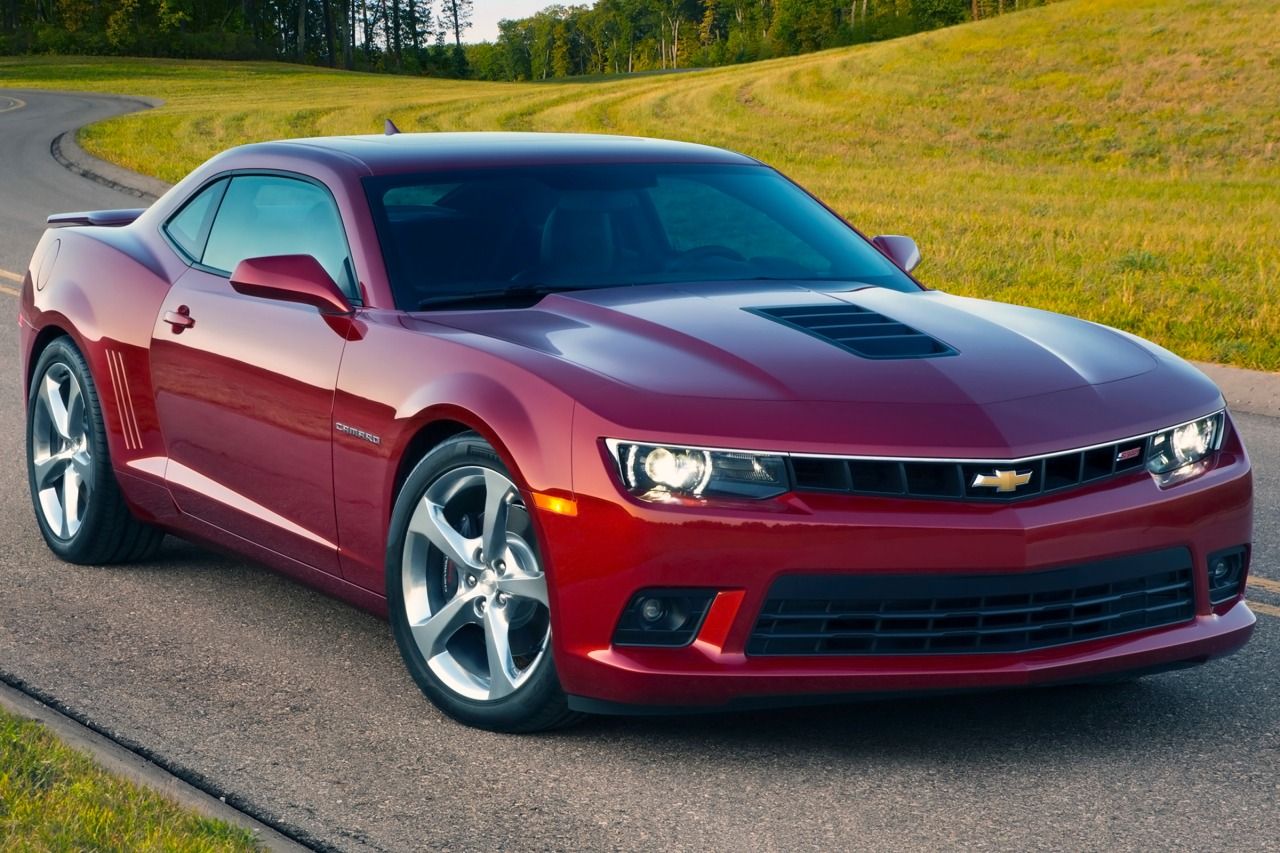
The Camaro Z/28 gets a 7.0-liter V8 with an estimated 500 hp and 470 lb-ft of torque. A six speed manual is the only transmission available. EPA-estimate fuel economy is 15 mpg combined (13 mpg city/19 mpg highway).

Every 2014 Chevy Camaro comes standard with antilock disc brakes, traction and stability control, front-seat side airbags and full-length side curtain airbags. Also standard is the OnStar telematics system, which includes automatic crash notification, on-demand roadside assistance, remote door unlocking, stolen vehicle assistance and turn-by-turn navigation.

In government crash tests, the Camaro earned a top five-star rating overall, with five stars for front crash protection and five stars for side-impact protection. In brake testing, a Chevy Camaro SS with the 1LE came to a stop from 60 mph in 108 feet, while a ZL1 Convertible did it in 107 feet. Both are excellent distances, but keep in mind that both of these test cars had summer performance tires. Camaros with all-season tires likely won't stop as short.

No matter which engine you choose, no one will ever accuse your 2014 Chevrolet Camaro of being slow. Buying a V6 Camaro isn't the stigma it used to be. The V6 is responsive and revs freely, and the exhaust note is pleasingly sporty. Still, the V8 better fits the Camaro's tough guy persona with its tire-shredding power and thundering sound. All of that goes double for the supercharged ZL1.

Driven around turns, the Camaro grips hard and steers with precision. It's not the easiest car to see out of, and there's a lot of weight to manage, but by and large the Camaro is pretty talented on twisty roads. The world-class ZL1, however, is in another league entirely. Not only does it deliver acceleration on par with exotic supercars costing many thousands more, but its adaptive suspension and upgraded Brembo brakes make it equally well-mannered on the racetrack and your daily commute.

We haven't driven the 2014 Chevy Camaro Z/28 yet, but expectations are high for its dominance on the track.

Old-school pony cars weren't known for their jazzy interiors, but the 2014 Chevrolet Camaro makes a clean break with that tradition. Done up with a number of retro touches like square bezels around the gauges, the overall effect is stylish despite the use of a little too much hard plastic. Outward visibility, though, is hampered by thick roof pillars and a low roof line, and you'll want to make sure you can live with this aspect of Chevy Camaro ownership during your test-drive.
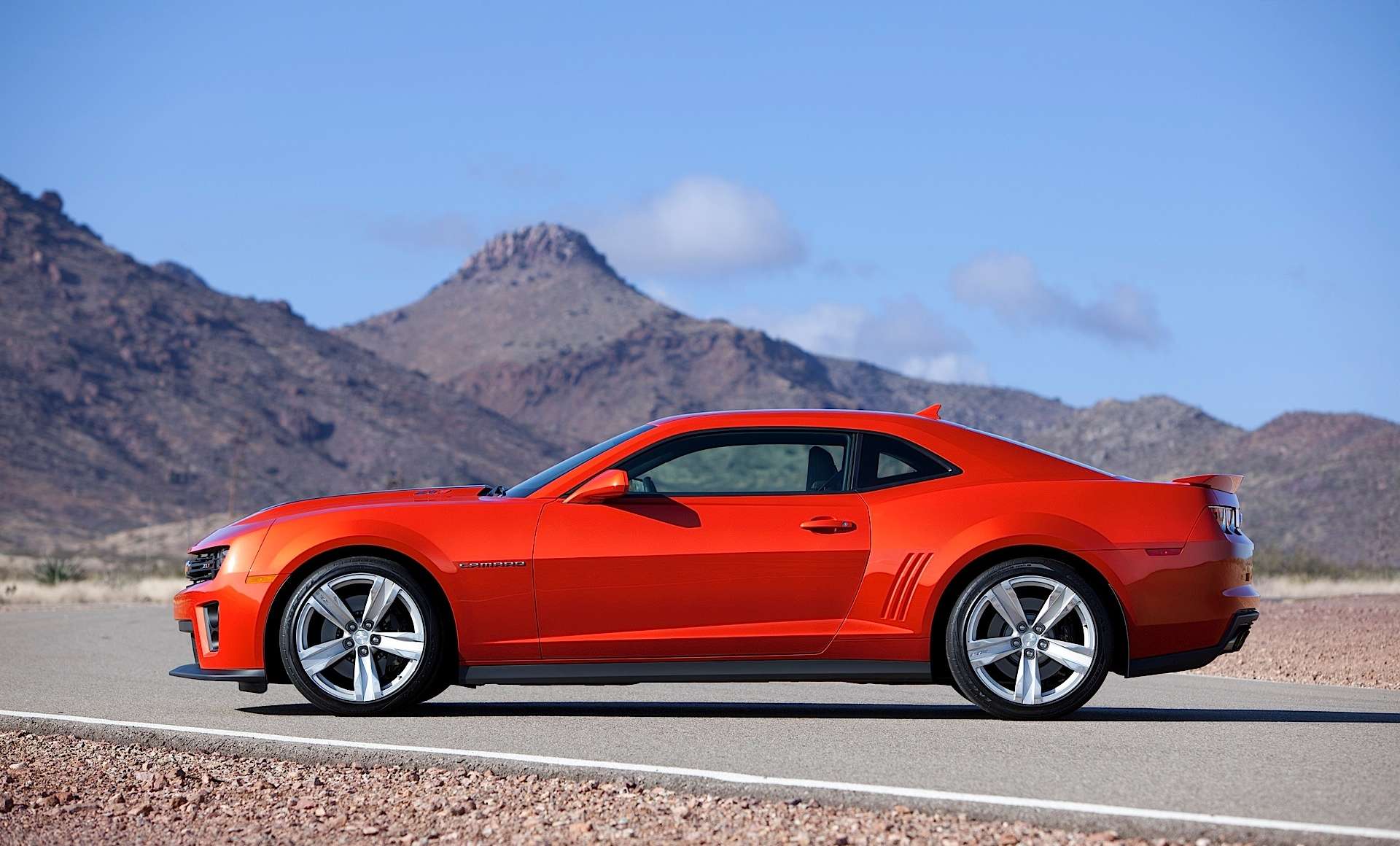
The Camaro's touchscreen display interface features a clean layout and intuitive menu structure, and it allows control of smartphone radio apps, such as Pandora and Stitcher. Unfortunately, the interface can prove frustrating to use at times, as reactions to touch inputs are occasionally slow or missed entirely.
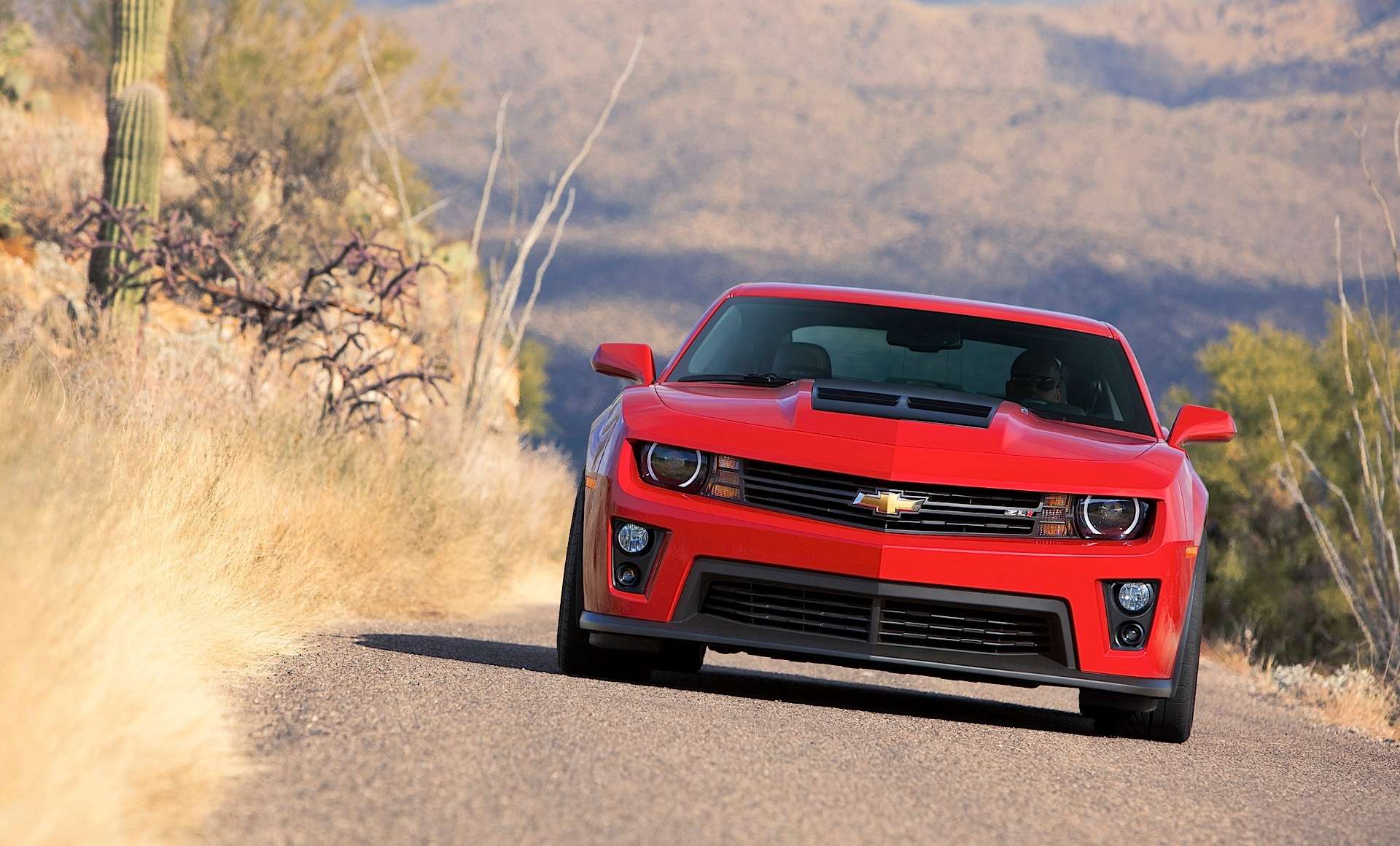
No Camaro is slow. With over 320 horsepower, even the basest of Camaro models has enough power to produce grin-inducing straight-line blasts. Then there's the ZL1 with a supercharged V8 that manifests 580 horsepower and boasts a 0-60 mph time of 3.9 seconds. That's supercar-quick, and thanks to its built-in launch control, that model can accelerate thus so even by novices. Our vote for the most well-rounded Camaro is the 426-horsepower SS model with the 6-speed manual (our gearbox of choice, as automatic transmissions feature an Active Fuel Management system that reduces horsepower count by 26). With a girth of power channeled to the rear wheels, it's easy to point and shoot the Camaro. But attempting to toss nearly two tons of American muscle around a track is more about finesse than fun. Severely limited rear visibility remains a big tradeoff for the Camaro's aggressive exterior design.
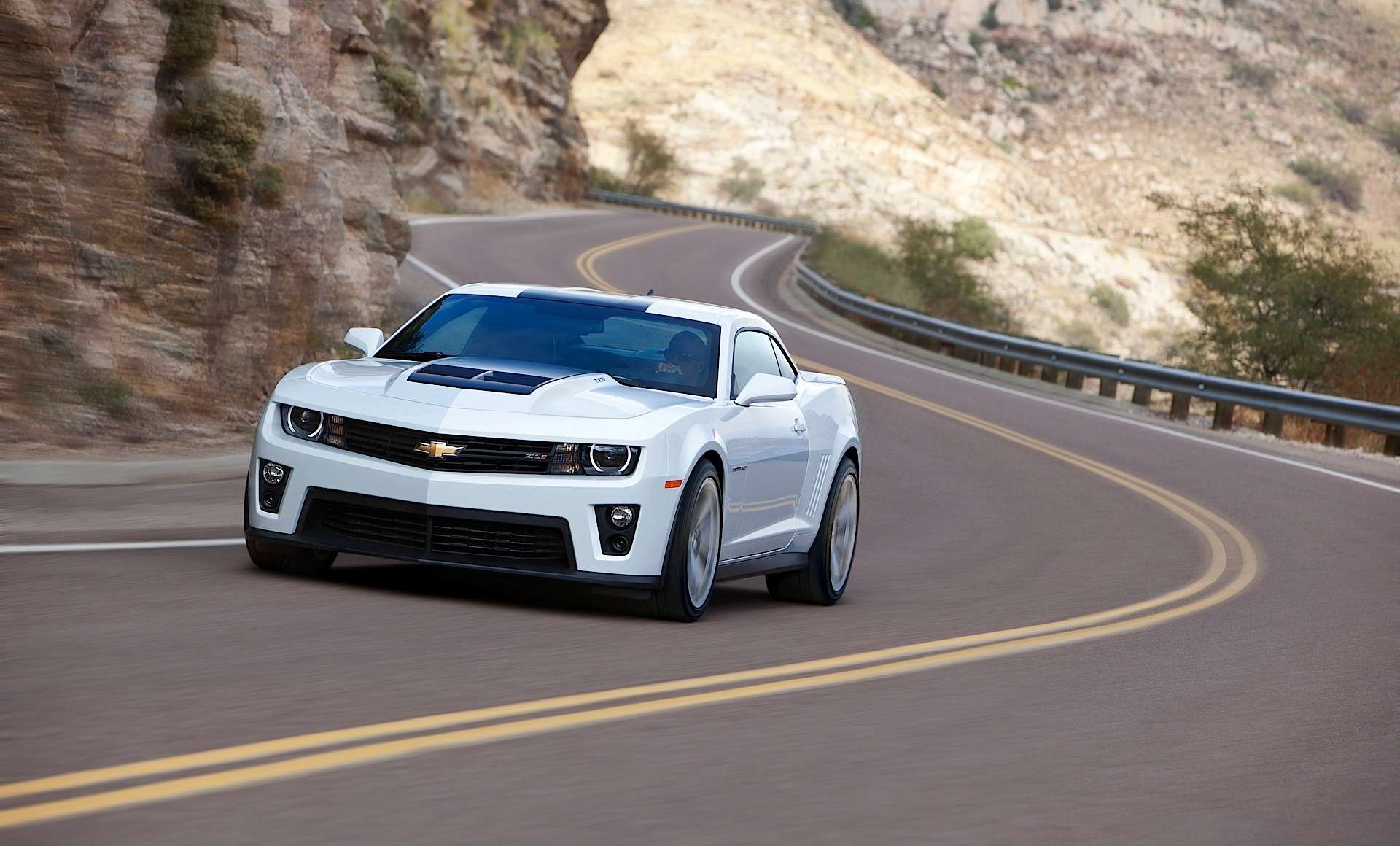
EXTERIOR STYLINGThe latest-gen Camaro has been out a few years now, but its outward looks still turn heads, young and old. Subtle but smart updates for 2014 keep the Camaro looking fresh.BANG FOR BUCKAlong with that style common to all Camaros, V6 models continue to offer tremendous performance for the price. Base LS models offer a bucket of fun for around $ 25,000.
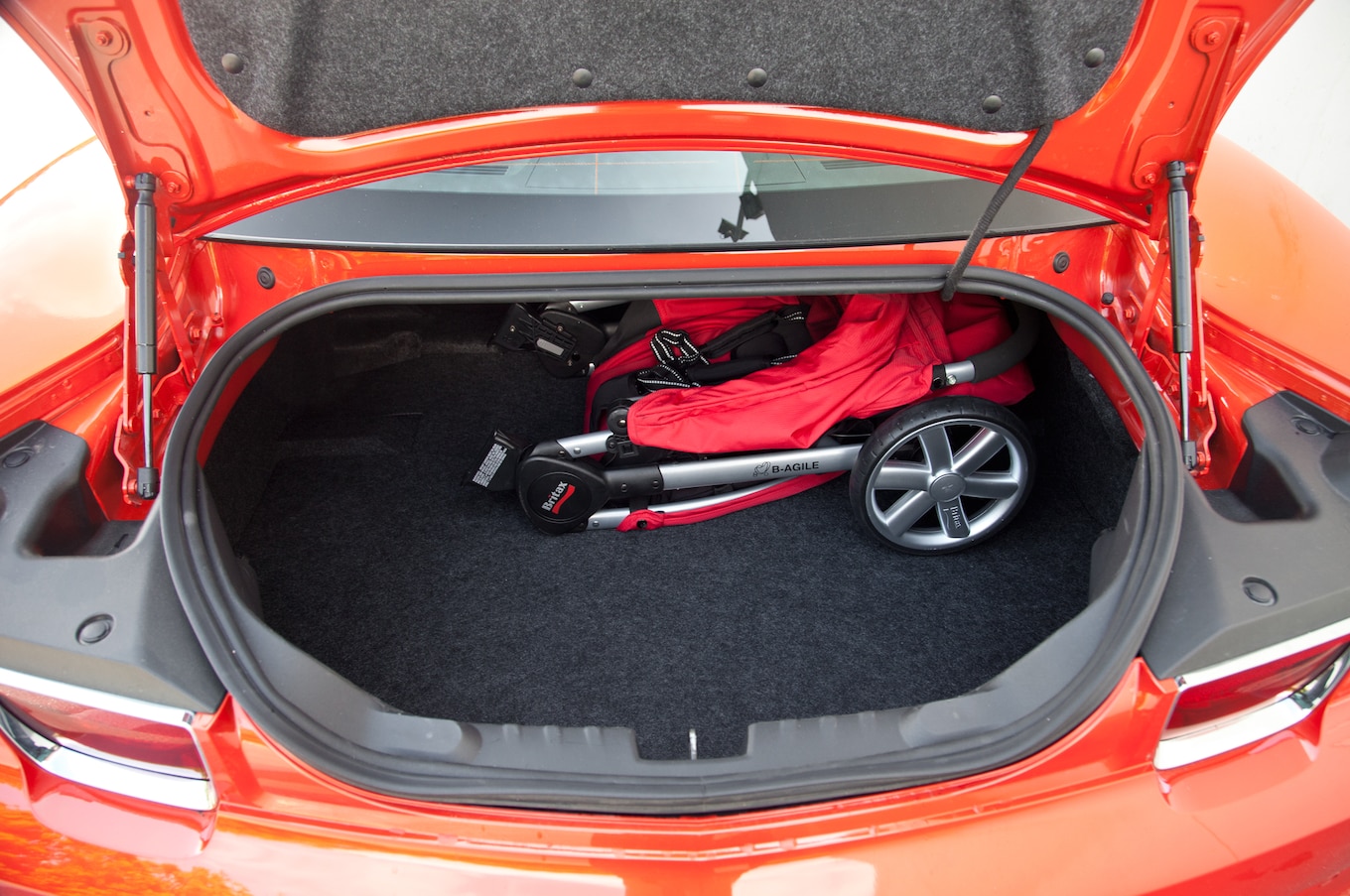
Standing in sharp contrast to the Camaro's excellent exterior design is its lackluster interior. Expectations are quickly deflated at the sight and feel of hard plastics on the doors and center console. The available cluster of four gauges for oil pressure, battery voltage, and oil and transmission temperature help to bring retro charm to the cockpit. The Camaro's low-slung roof robs headspace for taller drivers, the small sun visors are nearly useless, and the back seats can feel like purgatory for adults. The Camaro's trunk opening is also rather awkward, but the seats do fold to expand cargo space.

A portrait of attitude and aggressiveness, one of the biggest draws of the Camaro is its scintillating skin. From its menacing front grille and narrow headlights to its muscular rear haunches and twin tailpipes, this Chevy is an image of machismo. For 2014, the Camaro gets a sleeker yet more aggressive front fascia and an impressively redone tail that offers a sporty diffuser and wide LED taillights. Camaro SS and 1LE models now have a functional hood vent to reduce heat. Z/28 models include a full aerodynamics package that functions to provide extra downforce at high speeds on the track.

The 2014 Chevrolet Camaro is available as a coupe and convertible, and in over half a dozen trim levels. Base LS models, available as a coupe only, come with a 6-speaker AM/FM/CD/satellite audio system with Bluetooth and an auxiliary jack, cruise control, 18-inch steel wheels and a limited-slip differential. LT models add features like a 7-inch touch screen, power front seats and Chevy's MyLink telematics system with a USB input but no CD player. SS models gain the 6.2-liter V8 engine, Brembo brakes, and 20-inch wheels. Safety features on all models include six airbags, stability and traction control, and GM's OnStar communications system with features like automatic crash response and other emergency and concierge services.
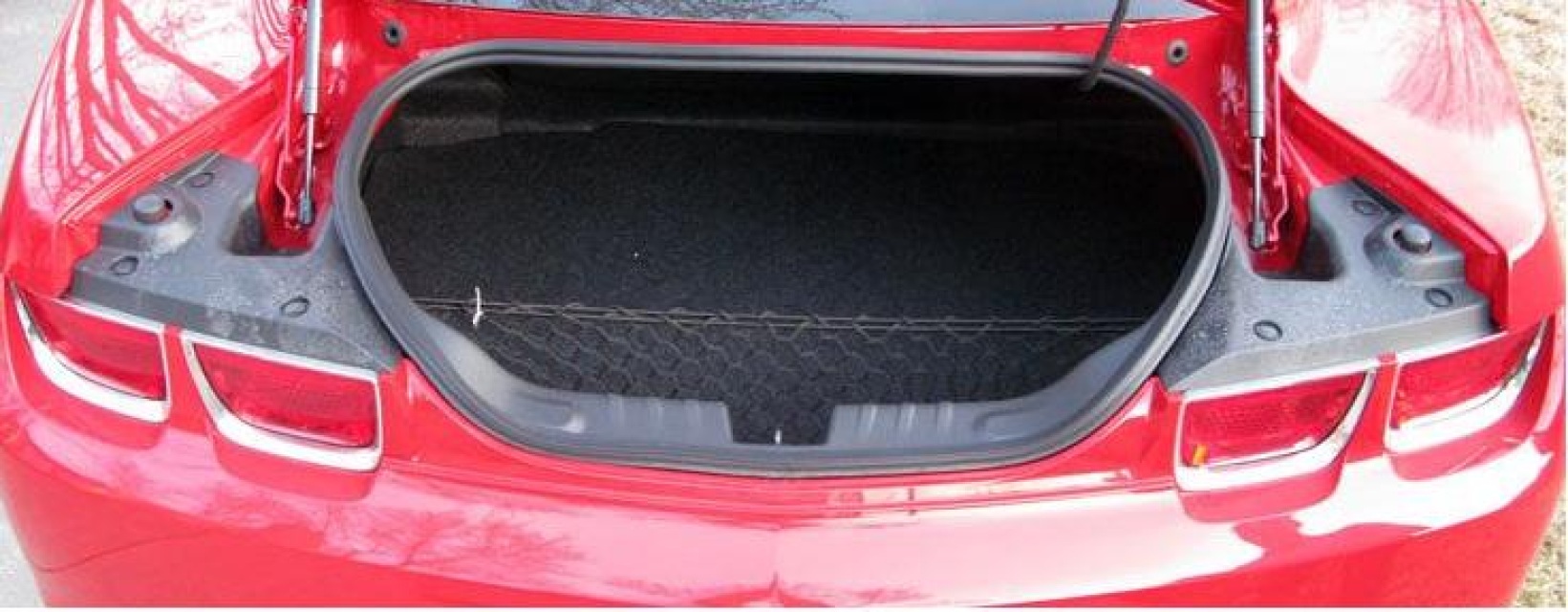
Options for the 2014 Camaro include a 6-speed automatic transmission in place of the 6-speed manual, navigation, a rear-view camera, a power sunroof, and that retro-cool 4-gauge instrumentation cluster. With this car's emphasis on performance, it's no surprise that options abound to make it look and handle better. The RS package, for example, includes 20-inch aluminum wheels and high-intensity discharge (HID) headlights. Audio enthusiasts will be interested in the 9-speaker, 245-watt Boston Acoustics premium sound system. A 2-tone interior package gives Camaro cabins a more upscale feel.


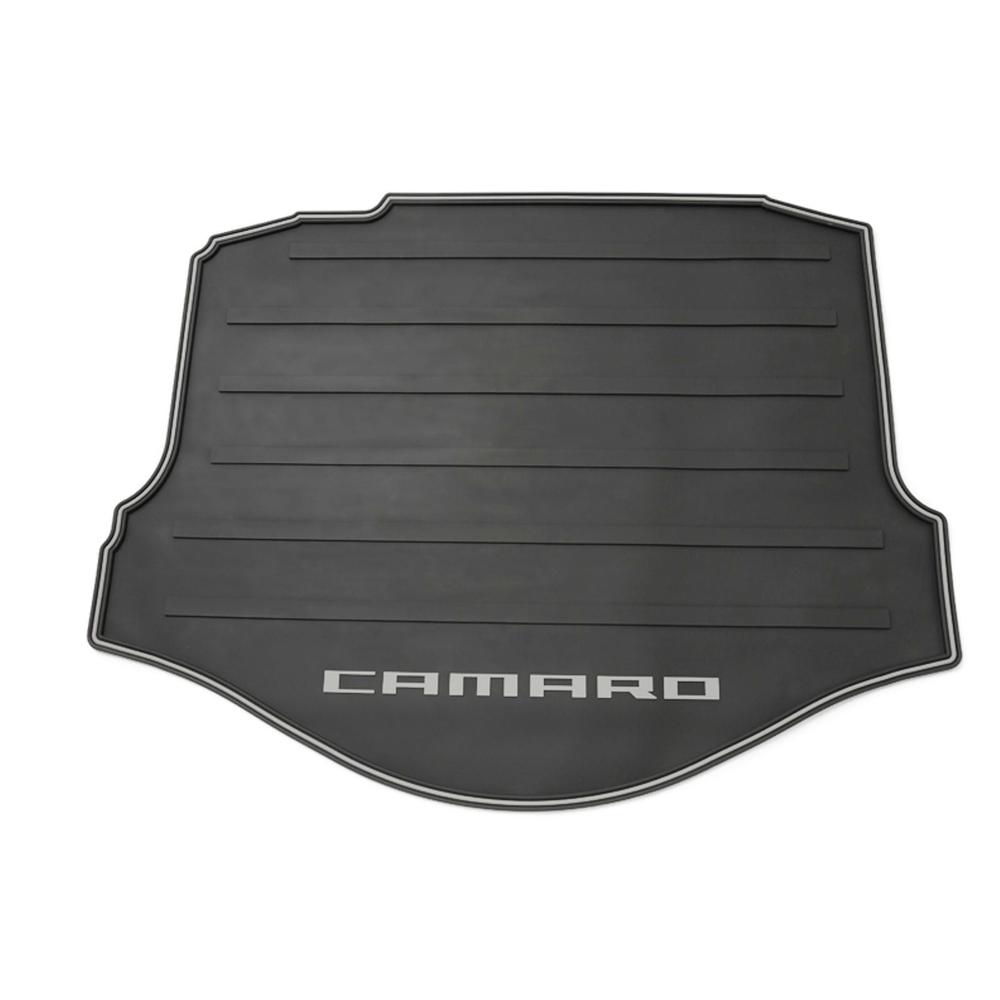


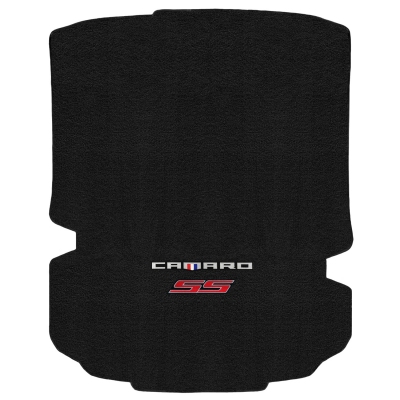


Chevrolet introduced the restyled 2014 Camaro line at the 2013 New York Auto Show, featuring a revised exterior design that integrates high-performance aerodynamics for more efficient cooling and stability at high speeds. Introduced at the New York International Auto Show in March 2013, the Camaro Z28 is a car with a speaker. From the original Camaro to the current Corvette ZR1, Chevrolet has a long history of delivering world-class cars that outperformed competitors at several times the price," said Chris Perry, vice president, Global Chevrolet Marketing.
Chevrolet is the auto equivalent of a gene-boosted steroid-pumped feline. The ferocious cat was groomed by Swiss born racing driver Louis Chevrolet and business whiz Buick resurrector and former GM head William Durant, as a joint venture that started in 1910. Shortly after Durant was forced out of GM, he partnered with Chevrolet, whom he had previously employed at his Buick racing team, to regain the popularity he had lost.
The Chevy headquarters was set in Detroit and the newly formed brand was baptized, receiving its famous "bowtie" logo in 1913. There are several hypotheses as to how the logo design came to be, two of them being the closest to unanimous acceptance. One of the theories hints at the logo having been designed after a poster Durant had seen in a French hotel while the second claims the "bowtie" is actually a stylized representation of the Swiss flag cross.
No matter how it originated, the golden Chevy logo persisted. In fact, the brand grew at such a fast pace that it allowed Durant to regain ownership of GM in 1916. After having become wealthy enough, Durant bought a smashing 54.5 percent of GM's shares, reinstating himself as head of the auto empire.
Soon after the takeover, Chevrolet was absorbed into GM, becoming a separate division. Having gained even more strength after the merger, the newly formed entity was quick in starting off production and launched the model D in 1918. The V8 35 hp engines fitted on these cars were replaced by smaller 6 cylinder ones, that proved particularly successful on commercial vehicles. The engine gained reputation due to its high durability and earned the "cast iron wonder" nickname.
Only a few years later, Chevy revealed the SUV in its archaic form: the Suburban Carryall. Sporting rough terrain riding capabilities, seating for 8 and weighing around 1½ tons, it marked the beginning of Chevy's future SUV line-up.
The American producer continued its successful innovations streak by introducing the Powerglide transmission in 1950, becoming the first low-price competitor to equip its vehicles with automatic shifting. Shortly after the introduction of the fully automatic transmission, the legendary Corvette was born.
The Vette had such a good reception that it remained the longest running Chevy model in the brand's history, having also been the first American sports car to enter mass production. The Vette also premiered the usage of lightweight construction materials for the car's body, like plastic, at that time.
Following the acclaim garnered by the Vette's release, Chevy launched several other models, including the flashy Impala and the short lived air-cooled Corvair. During the 60's, Chevy reached its sales peak with 3 cars out of any 10 sold in the US. However, before such a performance was achieved, Chevy designed a new small-block V8 engine used to equip its '55 truck range.
This particular engine made it till today, going through plenty of modifications in the process ranging from lightweight, durable aluminum construction to ECU managed control and modern fuel injection for better dosage and increased power.
Although Chevy has been registering lower sales in the past few years due to uncontrolled brand extension, some of the "bowtie" emblazoned automobiles have become either cult classics or vintage collectibles, four wheeled icons as reminders of a past age of glory.
Source: https://www.mycarspecs.com/car/2014-chevrolet-camaro-base-2ss









Tidak ada komentar:
Posting Komentar